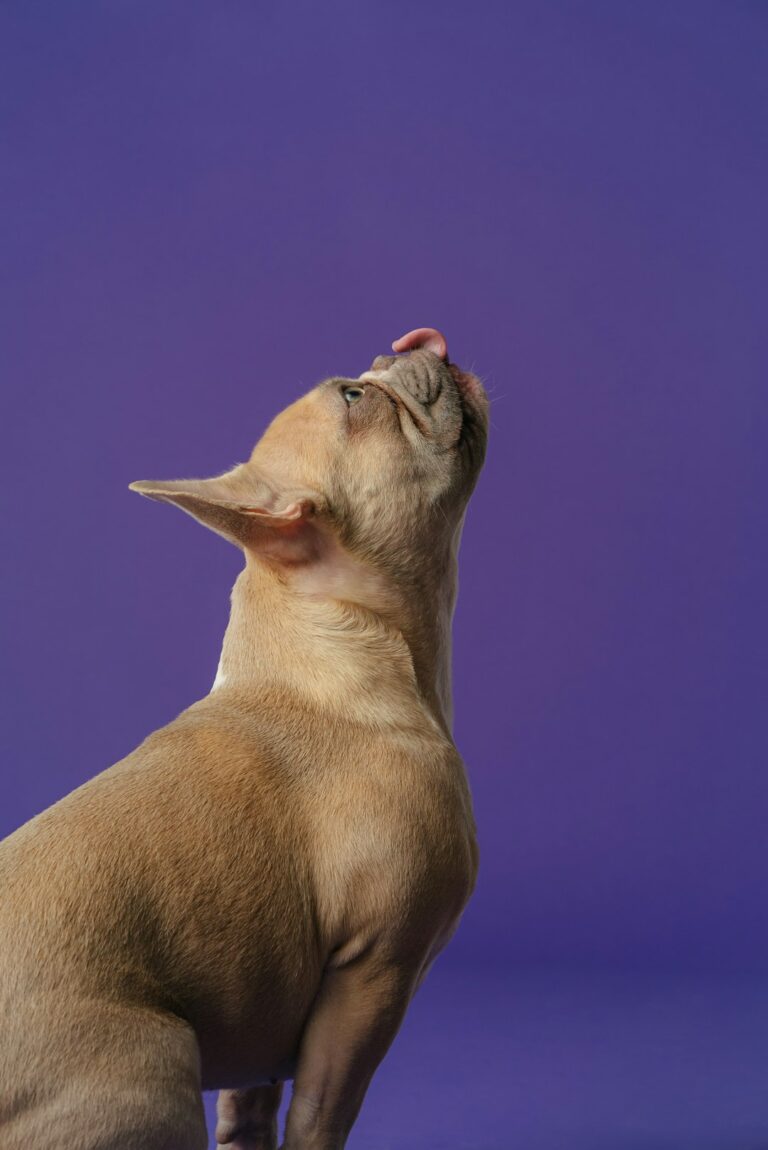Does your dog turn into a bundle of nerves at the mere mention of a vet visit? You’re not alone. Many pet parents struggle with their furry friends’ anxiety during veterinary examinations. The good news? Making vet visits less stressful for your dog is absolutely achievable. Through proven behavioral techniques and patient training, you can transform these necessary check-ups from nerve-wracking ordeals into manageable experiences. In this comprehensive guide, we’ll explore 7 science-backed techniques that will help your dog feel more confident during veterinary visits. Whether you have a newly adopted puppy or a seasoned senior dog, these strategies will help you: • Build positive associations with handling and examinations • Reduce anxiety through systematic desensitization • Create a foundation of trust for medical procedures • Make vet visits more comfortable for both you and your pet Let’s dive into these game-changing techniques that will revolutionize your dog’s veterinary experience.
Essential Handling Exercises at Home
Touch Desensitization Protocol
Start your handling exercise journey by creating positive associations with touch. Begin in a quiet, comfortable space where your dog feels relaxed. Regular handling builds tolerance, so consistency is key to success.
Start with areas your dog naturally enjoys being touched, like chest or shoulders. Pair gentle touches with high-value treats, making each interaction rewarding. Gradually progress to more sensitive areas like paws, ears, and mouth – places commonly examined during vet visits.
Keep training sessions short, around 2-3 minutes, to maintain your dog’s engagement. If your pet shows any signs of stress, take a step back and work at a more comfortable level.
Tool Familiarization Techniques
Introduce veterinary tools gradually as part of your training exercise routine. Start with simple items like a brush or towel before moving to more specialized equipment like stethoscopes or nail clippers.
Let your dog investigate tools at their own pace. Place the items nearby during positive activities like meals or playtime. This creates natural, stress-free exposure without pressure.
Practice mimicking common vet procedures:
– Use a pen light to check eyes
– Gently lift lips to examine teeth
– Touch paws while holding nail clippers
– Place a towel around their body
Remember to reward generously during these exercises. The goal is to make handling feel routine and pleasant rather than threatening.
Create mock examination scenarios where you:
– Position your dog on an elevated surface
– Practice gentle restraint techniques
– Simulate temperature taking
– Check ears with a small flashlight
These handling exercises help build a foundation of trust and cooperation, making real vet visits smoother and less stressful for everyone involved.
Building Positive Associations
Reward-Based Training Methods
Transform your dog’s perception of veterinary visits by implementing reward-based training methods. Start by associating every positive association with their vet experiences. Use extra-special treats that your dog only gets during vet-related activities. This exclusivity helps create a powerful connection between these treats and veterinary encounters.
Break down each handling exercise into small, manageable steps. When your dog allows touching of sensitive areas like paws or ears, immediately reward them. This teaches them that cooperation leads to good things. Keep training sessions short and always end on a positive note.
Practice Visits Strategy
Make practice visits to the veterinary clinic a regular part of your routine. These visits should be purely social, with no medical procedures involved. Let your dog explore the waiting room, meet the staff, and receive treats. This helps create positive memories in what can be a stressful environment.
Schedule these visits during quiet times at the clinic. Ask the staff to greet your dog cheerfully and offer treats. The more good experiences your dog has at the clinic, the more comfortable they’ll become. Consider bringing their favorite toy or comfort item to make the environment feel more familiar.
Remember to practice handling exercises at home between visits. This consistency helps reinforce the positive associations you’re building. Always keep sessions short and rewarding, ensuring your dog sees veterinary handling as a good thing rather than something to fear.



